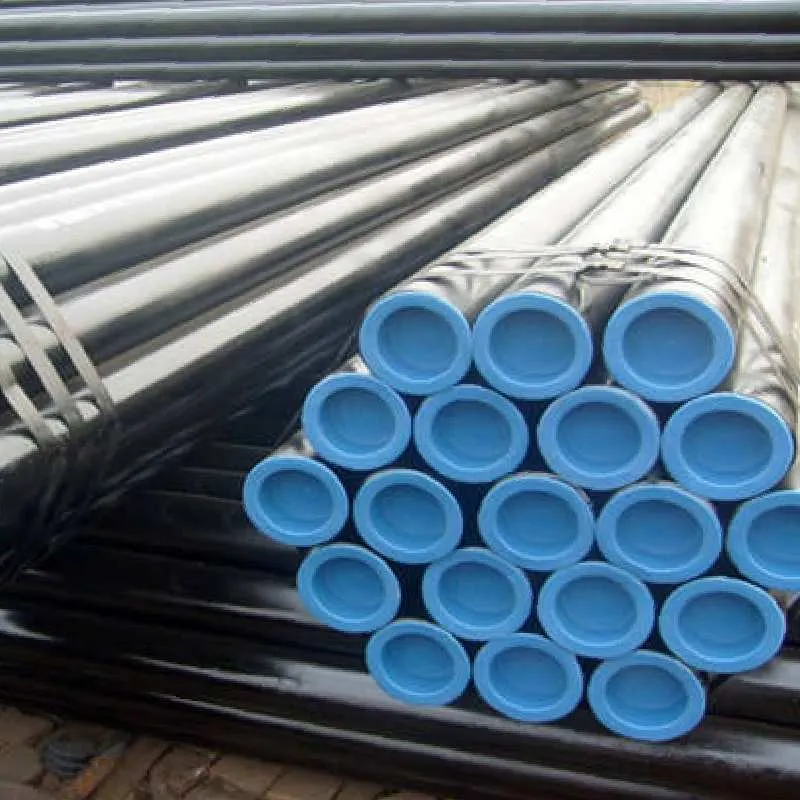-
Cangzhou Yulong Steel Co., Ltd.
-
Phone:
+86 13303177267 -
Email:
admin@ylsteelfittings.com
- English
- Arabic
- Italian
- Spanish
- Portuguese
- German
- kazakh
- Persian
- Greek
- French
- Russian
- Polish
- Thai
- Indonesian
- Vietnamese
- Zulu
- Korean
- Uzbek
- Hindi
- Serbian
- Malay
- Ukrainian
- Gujarati
- Haitian Creole
- hausa
- hawaiian
- Hebrew
- Miao
- Hungarian
- Icelandic
- igbo
- irish
- Japanese
- Javanese
- Kannada
- Khmer
- Rwandese
- Afrikaans
- Albanian
- Amharic
- Armenian
- Azerbaijani
- Basque
- Belarusian
- Bengali
- Bosnian
- Bulgarian
- Catalan
- Cebuano
- China
- China (Taiwan)
- Corsican
- Croatian
- Czech
- Danish
- Esperanto
- Estonian
- Finnish
- Frisian
- Galician
- Georgian
- Kurdish
- Kyrgyz
- Lao
- Latin
- Latvian
- Lithuanian
- Luxembourgish
- Macedonian
- Malgashi
- Malayalam
- Maltese
- Maori
- Marathi
- Mongolian
- Myanmar
- Nepali
- Norwegian
- Norwegian
- Occitan
- Pashto
- Dutch
- Punjabi
- Romanian
- Samoan
- Scottish Gaelic
- Sesotho
- Shona
- Sindhi
- Sinhala
- Slovak
- Slovenian
- Somali
- Sundanese
- Swahili
- Swedish
- Tagalog
- Tajik
- Tamil
- Tatar
- Telugu
- Turkish
- Turkmen
- Urdu
- Uighur
- Welsh
- Bantu
- Yiddish
- Yoruba

Aug . 14, 2024 10:56 Back to list
Exploring Innovative Strategies for Enhancing Communication and Collaboration in Team Settings
Exploring the Significance of EN 1092-1 A Comprehensive Overview
EN 1092-1 is a European standard that defines the requirements for flanges used in piping systems. The importance of this standard cannot be overstated, as it plays a crucial role in ensuring safety, reliability, and efficiency in various industrial applications. This article delves into the essence of EN 1092-1, its specifications, and its impact on industries that rely on piping systems.
Understanding EN 1092-1
The full title of EN 1092-1 is “Flanges and their joints – Circular flanges for pipes, valves, fittings, and accessories, PN designated.” The standard specifies the dimensions, pressure-temperature ratings, and testing of circular flanges and their respective joints. Circular flanges play an essential role in connecting pipes, valves, and other fittings, making them a critical component of industrial piping systems.
One of the primary goals of this standard is to harmonize the various flange dimensions and pressure ratings to facilitate compatibility across different manufacturers and systems. This not only ensures seamless installation but also enhances the safety and longevity of piping networks.
Key Specifications of EN 1092-1
EN 1092-1 stipulates various classifications of flanges, categorized primarily by their pressure and temperature tolerances (PN ratings). The PN designation refers to the nominal pressure that the flange can withstand at a particular temperature, and it ranges from PN 2.5 to PN 50. This classification helps engineers and designers select the right flanges for specific applications by considering the pressure conditions they will encounter.
Moreover, the standard outlines the materials suitable for flange production. Common materials include carbon steel, stainless steel, and alloys, chosen for their mechanical properties and corrosion resistance. The standard provides detailed guidelines on the manufacturing process, ensuring that flanges uphold high quality and performance standards.
en 1092 1

The Impact on Industries
The implications of EN 1092-1 extend far and wide across multiple sectors, including oil and gas, chemical processing, power generation, and water treatment. In the oil and gas industry, for instance, flanges are critical in maintaining the integrity of pipelines, where high pressures and temperatures are commonplace. Any failure in the flange connection could lead to hazardous leaks or catastrophic failures, making compliance with EN 1092-1 imperative.
In chemical processing plants, where corrosive substances are frequently transported, the use of flanges that comply with EN 1092-1 ensures that the materials can withstand chemical attacks. This significantly minimizes the risk of leaks and enhances the overall safety of the facility.
Challenges and Future Directions
Despite its vital role, the implementation of EN 1092-1 is not without challenges. One major concern is the variability in manufacturing quality. While the standard sets forth guidelines, the actual adherence to these specifications can vary from one manufacturer to another. This inconsistency can lead to compatibility issues and potential safety risks.
Additionally, with the rapid advancements in materials science and engineering technologies, there is a growing demand for updating standards to reflect new innovations. The industry must continually assess and adapt the EN 1092-1 standard to incorporate the latest technologies, ensuring that it remains relevant and effective in addressing modern challenges.
Conclusion
EN 1092-1 plays a pivotal role in the realm of piping systems, underpinning safety and efficiency across a wide range of industries. By establishing uniformity in flange dimensions and materials, the standard not only facilitates compatibility among different systems but also enhances the reliability of critical infrastructure. As industries evolve and face new challenges, ongoing collaboration among stakeholders will be vital to ensure that EN 1092-1 continues to meet the demands of the future.
Latest news
-
ANSI 150P SS304 SO FLANGE
NewsFeb.14,2025
-
ASTM A333GR6 STEEL PIPE
NewsJan.20,2025
-
ANSI B16.5 WELDING NECK FLANGE
NewsJan.15,2026
-
ANSI B16.5 SLIP-ON FLANGE
NewsApr.19,2024
-
SABS 1123 FLANGE
NewsJan.15,2025
-
DIN86044 PLATE FLANGE
NewsApr.19,2024
-
DIN2527 BLIND FLANGE
NewsApr.12,2024
-
JIS B2311 Butt-Welding Fittings LR/SR 45°/90° /180°Seamless/Weld
NewsApr.23,2024











